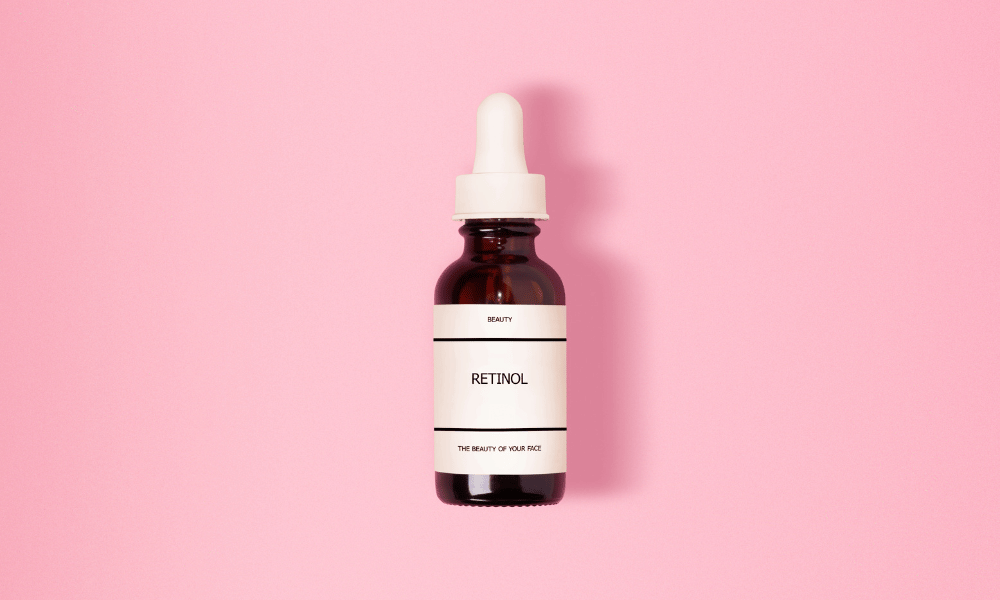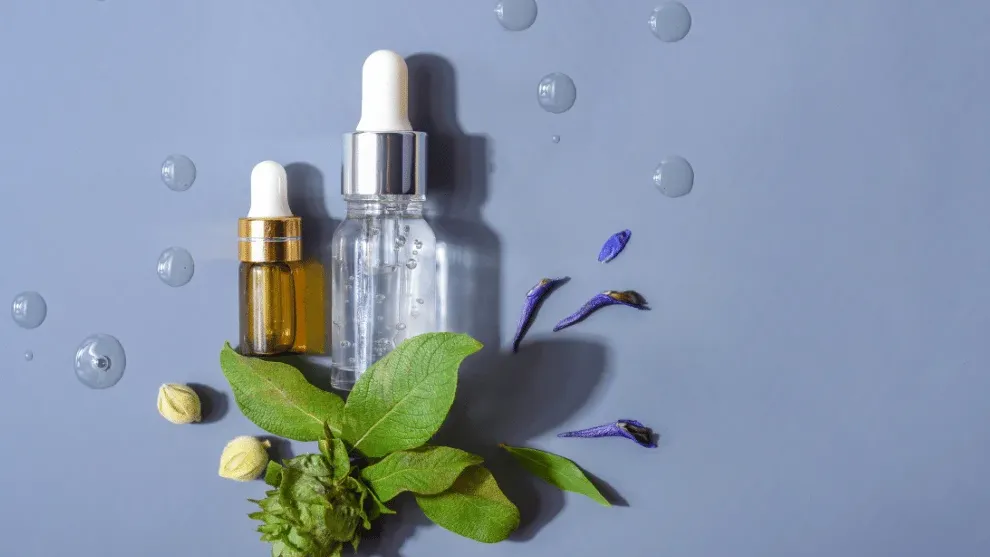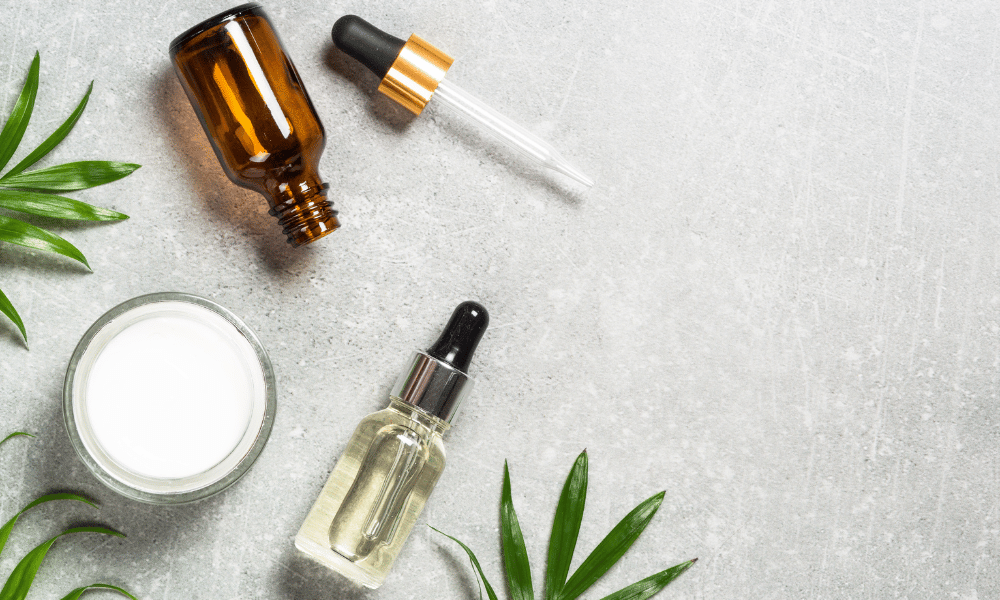As a person who cares about skincare, you must hear about retinol and hyaluronic acid, two big names in the skin care world. But you might have wondered,can you use retinol with hyaluronic acid?
And you are not the only one. Combining skincare products may be somehow complicated and, instead, avoiding irritation or mistakes. The good news? The two are actually a miracle when they are properly used. You do not have to be a skincare expert to make it.
We are going to walk through what each of them does, the benefits of each ingredient to your skin and how you can safely use them to achieve a smooth and glowing skin without becoming dry or red complexion.
What Is Retinol, Really?
Retinol is a form of Vitamin A. It is also known to make your skin renew quicker. It removes all fine lines, dark spots, and provides the glow to your skin. Well, basically it is what makes your skin younger than it is.
However, there is a disadvantage to it- retinol is a little harsh. Especially at first when you are just using it. You can have dryness, redness or peeling. It is at that point that things get tricky.
What About Hyaluronic Acid?
Hyaluronic acid now, it does not sound too good, eh? But there is nothing to worry about, it is really very kind. It is a product that is produced by your body. Its main job is to maintain the moistness and the plumpness of your own skin. Take it in the way of a large glass of water on your face.
It assists in making your skin retain the moisture when applied. The end result is softer smoother skin that appears fresh.
So… Can you use retinol with hyaluronic acid?
Yes! Combining retinol and hyaluronic acid is completely possible.
Actually, they are a perfect combination. Hyaluronic acid restores the moisture in your skin in case Retinol dries it a bit. Thus they counterbalance each other very well.
You receive all the radiance and anti-aging capability of retinol, without the dryness and irritation as this combination is so excellent. Retinol acts on the innermost layer of your skin. It accelerates the process of cell renewal and contributes to the betterment of the texture.
Hyaluronic acid has a surface effect and keeps your skin moist. When you take them together, then, you are protecting your skin both inside and outside.
That is why this combination is so popular among skincare specialists.

How to use Retinol and Hyaluronic Acid as a combo
So if someone asks you, can you use retinol with hyaluronic acid? The clear answer is yes, of course. And now move to the most important part, how to use both of these in the correct way. Here’s a simple step-by-step:
- Clean your face.
- Use a mild cleanser. Don’t scrub just wash gently.
- Pat your skin dry. Don’t rub with a towel. Get your face somewhat wet.
- Apply retinol first. A little pea-size is sufficient. Take your time when you are fresh, perhaps two nights a week.
- Wait a minute or two.
- Now apply hyaluronic acid.
- Finish with a moisturizer.
- Especially at night. It helps seal everything in.
No fancy stuff, a simple routine is enough.
When and how frequently To Use Them?
Neither of the two products perform well during the day. Retinol causes your skin to be slightly sensitive to sunlight thus it is safer when it is night. And when you are sleeping your skin is mending.
In case you are asking yourself whether or not to apply them in a morning, then do not apply retinol at all. Just apply hyaluronic acid in the daytime. It keeps your skin hydrated with no sun concerns.
New to retinol, proceed with caution. Begin with twice or once per week. See how your skin reacts. Slowly then you may move to all the other nights and even to the days.
In case of dryness or tightness in your skin, have a rest. There is no competition in skincare, so no need to hurry. Another thing is, you can continue to apply hyaluronic acid on a daily basis.
What Happens If You Don’t Use Hyaluronic Acid with Retinol?
You might notice your skin feels rough, flaky, or tight. That is because retinol accelerates your skin renewal process and that can dehydrate things.
That can be prevented by using retinol and hyaluronic acid. It is like having a cushion between your skin and the powerful impacts of retinol.
Otherwise, your skin may irritate against it – and no one will want that.
Basic Tricks to achieve the Best Results
In case you are using the two, the following are some quick tips:
- Always use retinol at night.
- Wear sunscreen the following day.
- Wipe with a soft cleanser – nothing too harsh.
- Apply a moisturizer afterward to seal it all in.
- Do not confuse retinol with such acids as glycolic or salicylic at same time.
- Stay patient. The outcomes are not quick, which is in several weeks.
Common Mistakes to Avoid
One or two things wrong people do–and you do not want to say them again:
- Using too much retinol.
- Skipping moisturizer.
- Your skin requires it – with retinol.
- Applying on wet skin.
- Retinol is best applied on dry skin and thus waits one minute after taking a bath.
- Ignoring sunscreen.
- Retinol increases the skin sensitivity to the sun. Always protect it.
What If Your Skin Gets Irritated?
When you feel dry or reddened, have some nights rest. In the meantime, continue to use hyaluronic acid and a moisturizer. After skin is normal again, resume the routine gradually.
Another tip to use hyaluronic acid first then retinol, this creates a protective barrier in the case your skin is particularly sensitive.
The advantages of retinol usage with hyaluronic acid
The following are few advantages of using this combo:
- Reduced lines and wrinkles.
- Smoother skin texture
- More even skin tone
- Better hydration
- Less irritation and redness
- A nice, healthy glow
Sounds good, right? That’s because this combo covers almost all your skincare needs.
Can You Layer Other Products Too?
You can but keep it simple. If you’re just starting, don’t overload your skin. Retinol and hyaluronic acid are enough at the moment.
When your skin adapts you can include things such as niacinamide or vitamin C (but not on the same day). With skincare, less means more. You don’t need ten products to get great skin.
Tips for Sensitive Skin
If your skin gets upset easily, you can still use both just carefully.
Try this trick: Mix your retinol with a small amount of moisturizer before applying. Then follow with hyaluronic acid.
That way, you still get the benefits without too much irritation. You can also start with a lower-strength retinol — like 0.25% or 0.3%. It’s much gentler.
How Long Until You See Results?
When your skin adapts, then you can combine retinol and hyaluronic acid and use them together at night. All you need to do is to observe how your skin responds to it is it too dry or too irritated, have a little rest.
There are individuals who would like to alternate nights: retinol on some nights and hyaluronic acid on other nights. That is alright as well. It has no one correct routine, it is just the matter of what is best to use on your skin.
Within a few weeks, you may begin to experience softer, drier skin. To cover larger areas such as finer texture and less fine lines it typically requires 2-3 months.
Final Thoughts
So, can you use retinol with hyaluronic acid? Absolutely yes.
They are even better when they are together. The vitamin A (retinol) will keep your skin fresh and hyaluronic acid will keep your skin moist and relaxed. The only thing one needs is to take a slow start, ensure that the skin is hydrated, and constantly put on sunscreen as one is out and about. You do not need to be involved in a complex exercise.
At some point in the future, your skin will thank you, and you will be happy to see that shiny skin in the mirror.
FAQS
Q1: Which to use first, retinol or hyaluronic acid?
Apply retinol, and wait one or two minutes continuing with hyaluronic acid. Retinol will be absorbed into your skin and Hyaluronic acid will ensure the moisture stays.
Q3: What will be the result of using retinol in the absence of hyaluronic acid?
Dryness or irritation may occur. Hyaluronic acid will decrease those side effects and it will also keep your skin hydrated.
Q4: Can you use retinol with hyaluronic acid in a single step?
Yes, but, overlaying is more effective. Retinol should be applied and then hyaluronic acid applied to lock in the moisture.
Q5: Does this combo work on sensitive skin?
Yes, but go easy. Apply low strength retinol, moisturizer, and do not hurry. It will happen with time to your skin.



